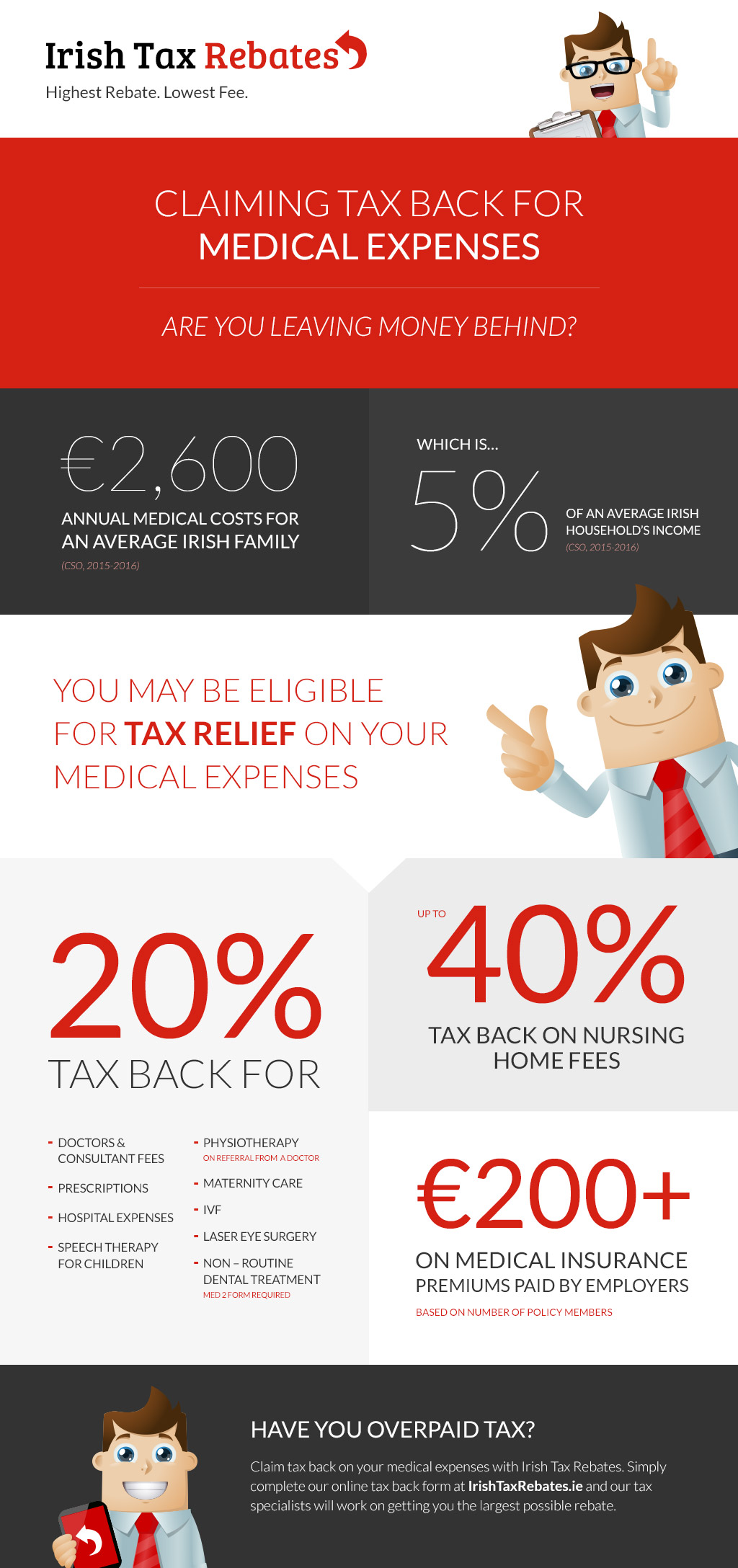What Are The Distinctions And Similarities In Between SMILE Eye Surgical Treatment, LASIK, And PRK?
What Are The Distinctions And Similarities In Between SMILE Eye Surgical Treatment, LASIK, And PRK?
Blog Article
Write-Up Developed By-McNamara Copeland
If you've been taking into consideration SMILE eye surgical treatment, you could question how it compares to LASIK and PRK. Each procedure has its very own set of advantages and factors to consider. From quicker recovery times to possible dangers, there are key distinctions you need to know before making a decision. Recognizing these differences will certainly help you make an enlightened selection that aligns with your certain needs and assumptions. Interested to understand even more regarding how these procedures contrast in detail? Keep on discovering to acquire an extensive understanding of SMILE, LASIK, and PRK.
SMILE Eye Surgery Review
If you're considering SMILE eye surgery, you'll discover it to be a minimally intrusive procedure with a fast healing time. During SMILE (Small Cut Lenticule Extraction), a laser is used to create a tiny, specific cut in the cornea to get rid of a tiny item of tissue, improving it to remedy your vision. This differs from LASIK, where a flap is developed, and PRK, where the outer layer of the cornea is totally removed.
Among the vital benefits of SMILE is its minimally invasive nature, causing a faster recovery procedure and much less discomfort post-surgery. The healing time for SMILE is fairly quick, with several clients experiencing improved vision within a day or 2. This makes it a preferred option for those seeking a hassle-free and effective vision improvement procedure. Furthermore, SMILE has actually been revealed to have a reduced danger of completely dry eye disorder compared to LASIK, making it a favorable alternative for individuals concerned regarding this potential adverse effects.
Distinctions Between SMILE, LASIK, and PRK
When contrasting SMILE, LASIK, and PRK eye surgeries, it is necessary to recognize the distinctive techniques made use of in each procedure for vision correction.
cataract surgery success rate (Little Laceration Lenticule Removal) is a minimally intrusive treatment that includes producing a tiny laceration to extract a lenticule from the cornea, reshaping it to correct vision.
How Much Is Laser Eye Surgery (Laser-Assisted Sitting Keratomileusis) involves developing a slim flap on the cornea, making use of a laser to improve the underlying tissue, and afterwards repositioning the flap.
PRK (Photorefractive Keratectomy) removes the outer layer of the cornea prior to reshaping the cells with a laser.
The major difference depends on the way the cornea is accessed and treated. SMILE is flapless, making it a great alternative for individuals with slim corneas or those associated with get in touch with sporting activities. https://videooflasiksurgery01109.answerblogs.com/31375425/the-definitive-handbook-on-vision-correction-surgery-what-you-must-be-aware-of as a result of the flap development, however it might pose a higher danger of flap-related issues. PRK, although having a longer healing period, stays clear of flap-related issues entirely.
Comprehending these variances is crucial in choosing the most appropriate procedure for your vision correction needs.
Advantages And Disadvantages Comparison
To review the benefits and drawbacks of SMILE, LASIK, and PRK eye surgeries, it's vital to take into consideration the particular advantages and potential restrictions of each treatment. SMILE surgery offers the benefit of a minimally intrusive treatment, with a smaller cut and potentially quicker recuperation time contrasted to LASIK and PRK. It likewise lowers the threat of completely dry eye post-surgery, an usual adverse effects of LASIK. Nevertheless, SMILE may have limitations in dealing with greater degrees of nearsightedness or astigmatism compared to LASIK.
LASIK surgery gives rapid aesthetic recuperation and minimal discomfort throughout the treatment. It's very reliable in treating a wide variety of refractive errors, consisting of myopia, hyperopia, and astigmatism. Yet, LASIK brings a threat of flap difficulties, which can influence the corneal structure.
PRK eye surgery, while not as preferred as LASIK, avoids developing a corneal flap, decreasing the risk of flap-related difficulties. It's suitable for people with thin corneas or uneven corneal surfaces. Nevertheless, PRK has a much longer recuperation time and might entail more discomfort throughout the recovery process.
Conclusion
So, when it comes to selecting in between SMILE, LASIK, and PRK, consider it like picking the best set of footwear. SMILE resembles a sleek, comfortable pair of sneakers - quick and easy.
LASIK is much more like stylish high heels - fancy and fast, yet with some prospective dangers.
more info here resembles tough treking boots - trusted and resilient, yet requiring a little bit more time and effort.
Ultimately, the best choice depends upon your specific demands and preferences.
